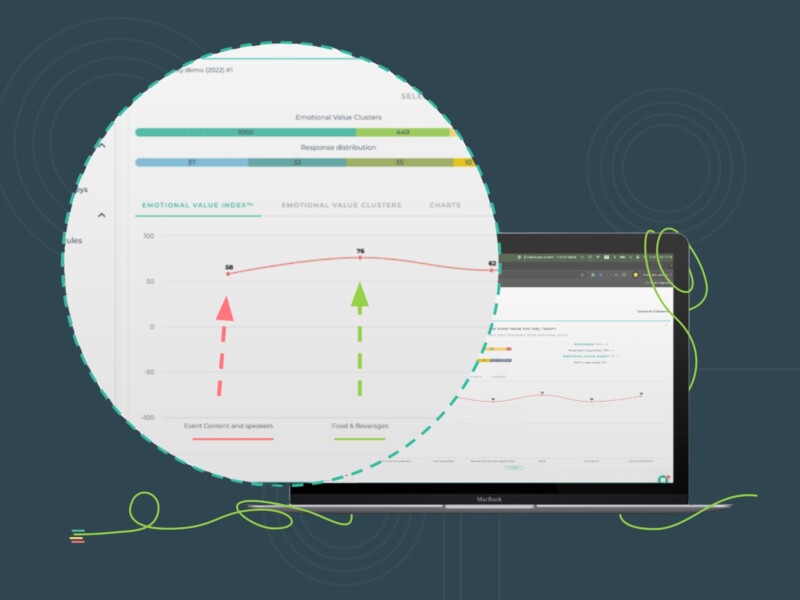Customers prefer businesses that offer a fabulous and effortless customer experience. Brands need feedback to improve their buying journey and meet these expectations. Surveys are a way to gather feedback, but if you bombard your customers with incessant surveys, it deviates from the purpose.
Research on survey fatigue shows that nearly 70% of respondents tend to abandon the survey incompleted. The same study shows only 9% take the time to answer surveys thoughtfully, while 45% ignore them. So, don’t let surveys be the sour grapes of your brand.
As with every aspect of the customer journey, brands need to focus on creating a good experience around receiving feedback. Your surveys should compel customers to answer with enthusiasm. Then, survey results will be more accurate and insightful.
Here are some tips to create surveys that customers won’t hesitate to answer!
1. Keep it short and simple
Customers need to find your surveys effortless and easy to answer. It’s important to create questions that are concise, clear, and straightforward. Also, try to keep your surveys as short as possible. We recommend you limit each survey to 2-3 questions. If your survey is longer or more detailed, it’s best to mention the average time required to respond to the survey. Otherwise, they may feel annoyed or frustrated.
Ideally, short surveys should consume less than 5 minutes of the customer’s time. Longer or more detailed surveys shouldn’t take more than 10 minutes to answer. Anything more can lead to a drop in the completion rate.
2. Timely appearance
Sending the right survey at the right time is not only convenient for the customers. It’s also helpful for businesses as the responses are fresh and more accurate. For example, don’t send out NPS surveys before purchase. It has to pop when the user has scrolled 50% of the page. If the customer has already seen it or answered it, remove it from the page. You can schedule the survey to appear at the right time and enable the feature that excludes it automatically after the customer views it.
There’s no point in asking customers about an experience they faced last month or sending a survey with 20 questions once a year that aims to summarize their overall perception. Design short surveys for every customer journey stage or selected touchpoints. But don’t overdo it. You need to figure out what information you need and select the relevant touchpoint(s). Survey strategically by asking only what needs to be asked.
3. Visually pleasing
Surveys need to be eye-catching and visually attractive to grab the attention of the respondents. So, great surveys are also about the design, font, and graphics that go into it. They need to be simple and amusing for customers to answer.
Take a look at our EVI survey. It only has a simple question and the answers are bright and colorful emojis. They are placed in a circle form to avoid survey bias. The respondent only needs to pick the emoji that best describes how they feel. The response rate of visually pleasing surveys tends to be high because they can win customers’ interest right away!
4. Make it a rewarding experience
Customers love to do business with humane brands that listen to their concerns and try to offer a better experience. So, use your surveys for real talk! Ask questions that matter – questions that customers have been waiting to answer. Surveys are not just about getting to know your clientele better. It can also improve their engagement, especially when surveys make customers feel heard.
Each of your surveys should carry a purpose or aim to resolve an issue. It’s important to take action based on the feedback and let your customers know they have been heard. It will motivate them to answer more surveys in the future. You can also make the survey experience more rewarding by offering a discount code or points to the loyalty card or similar incentive. It can entice customers to answer surveys more accurately and give additional explanation to their response.




